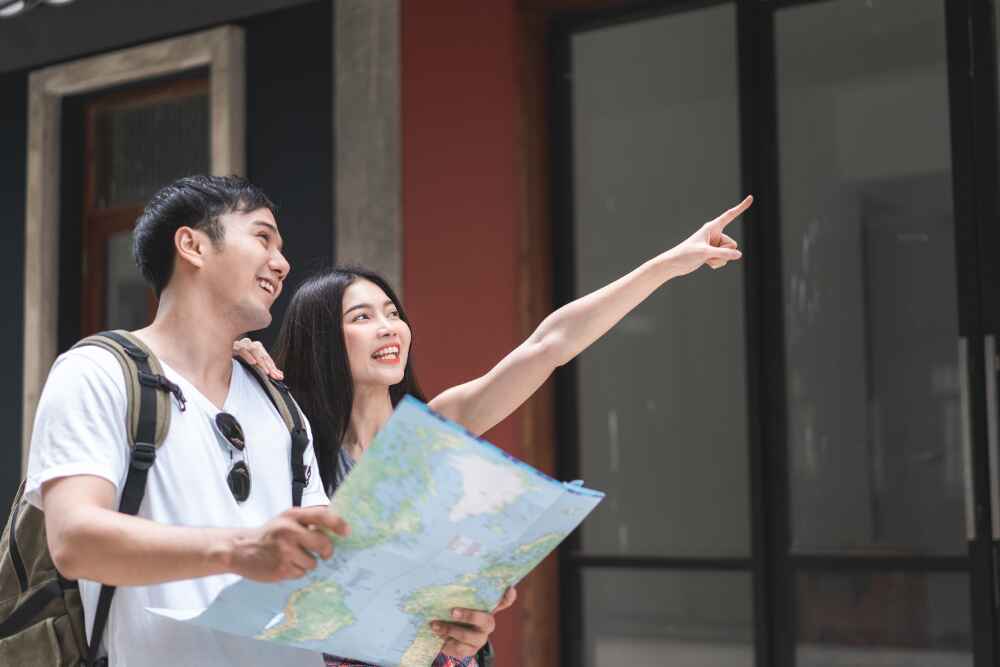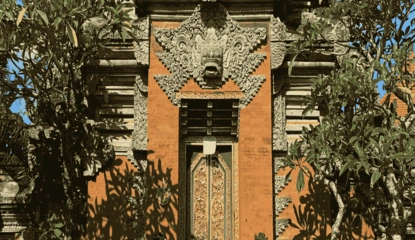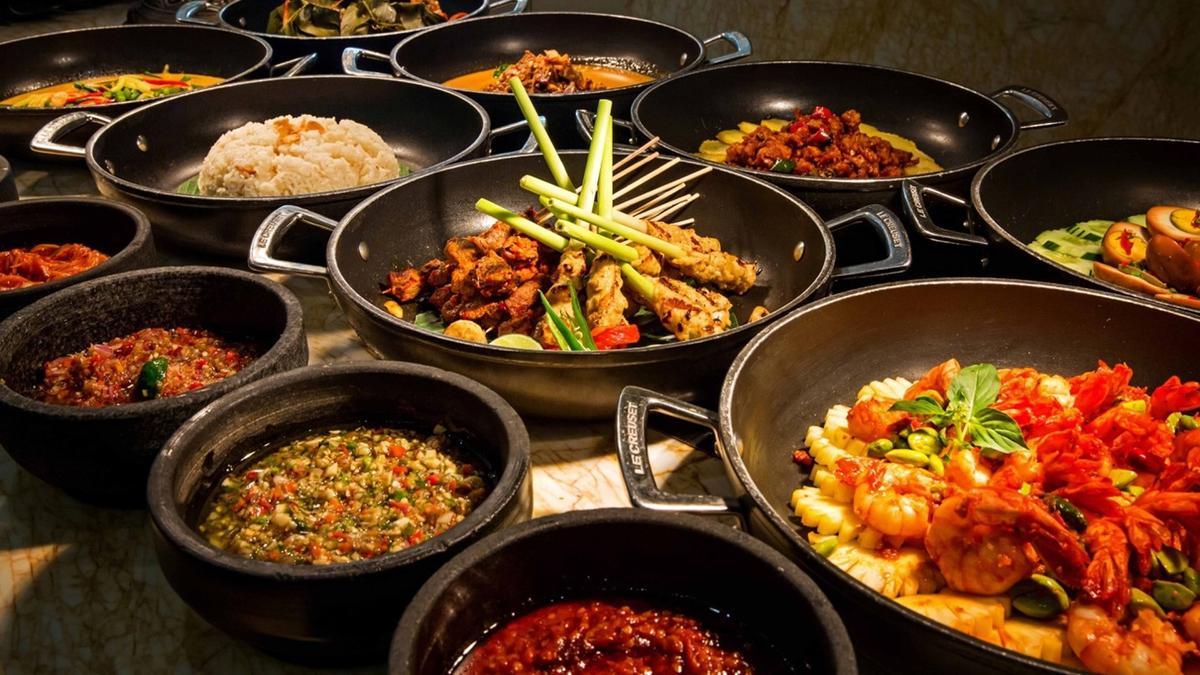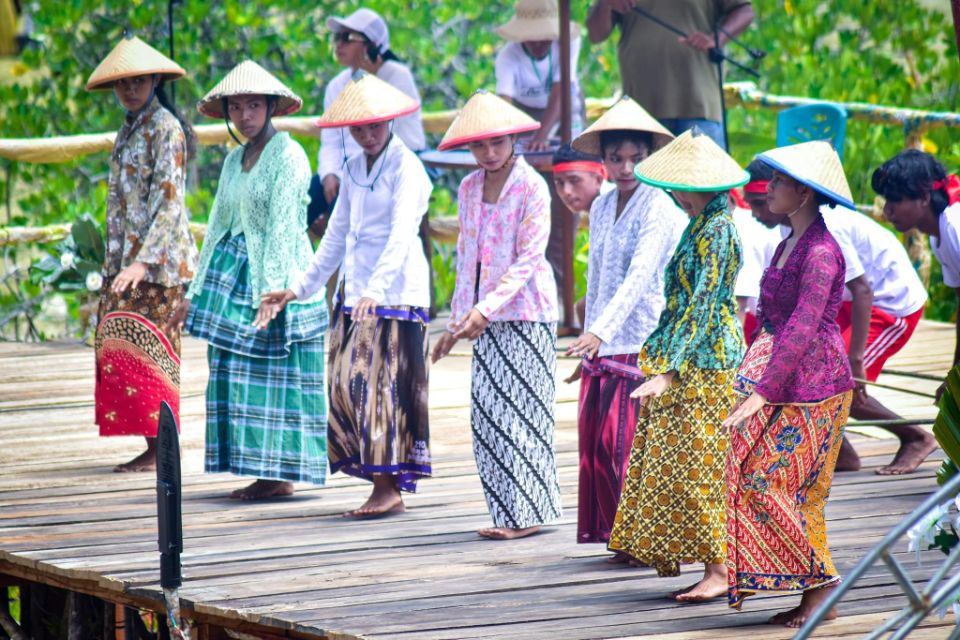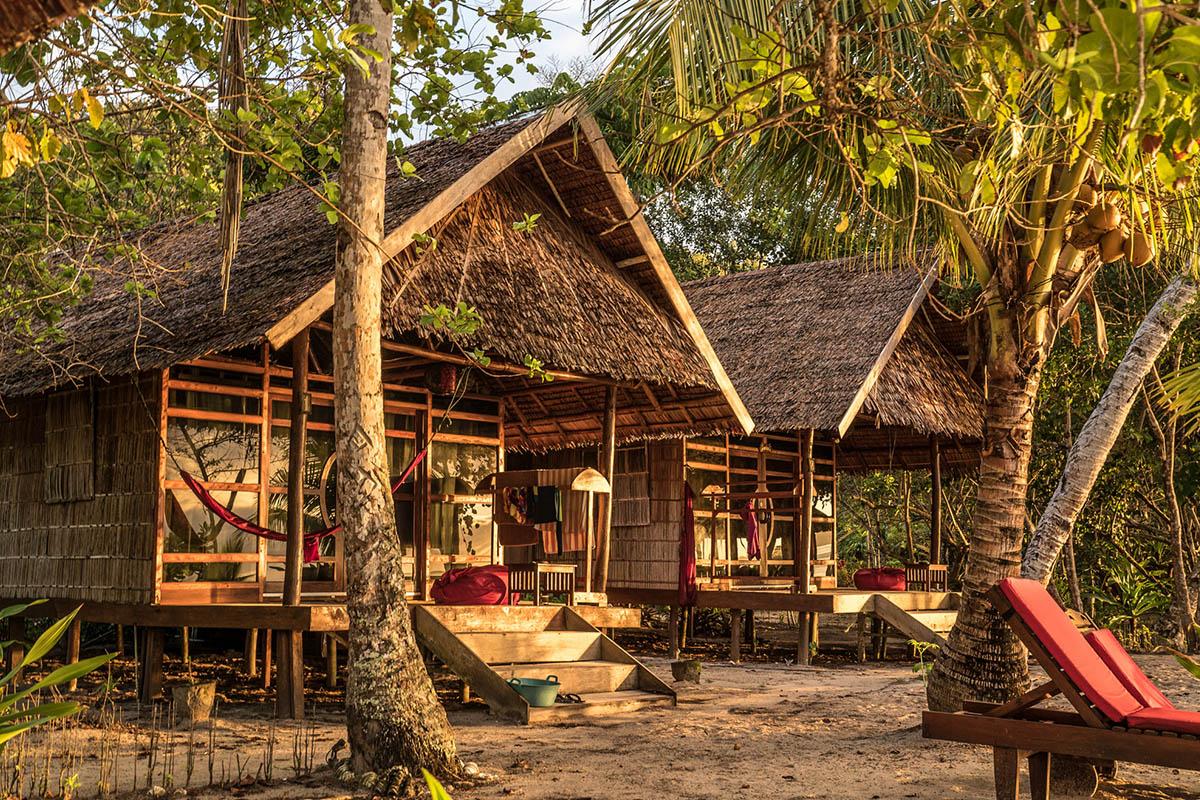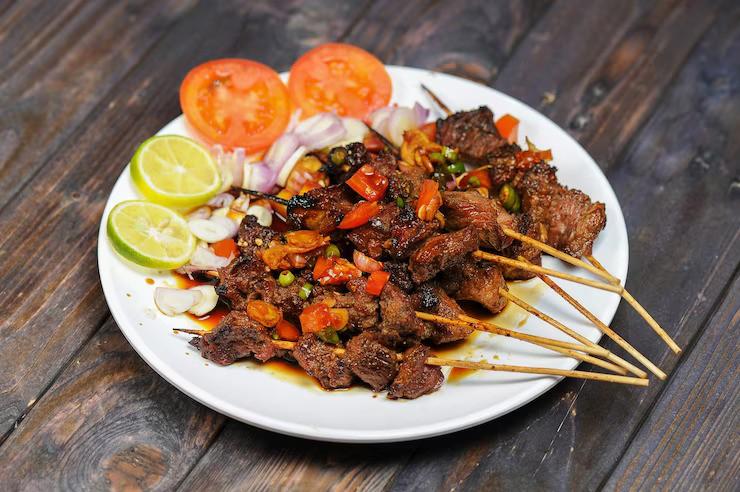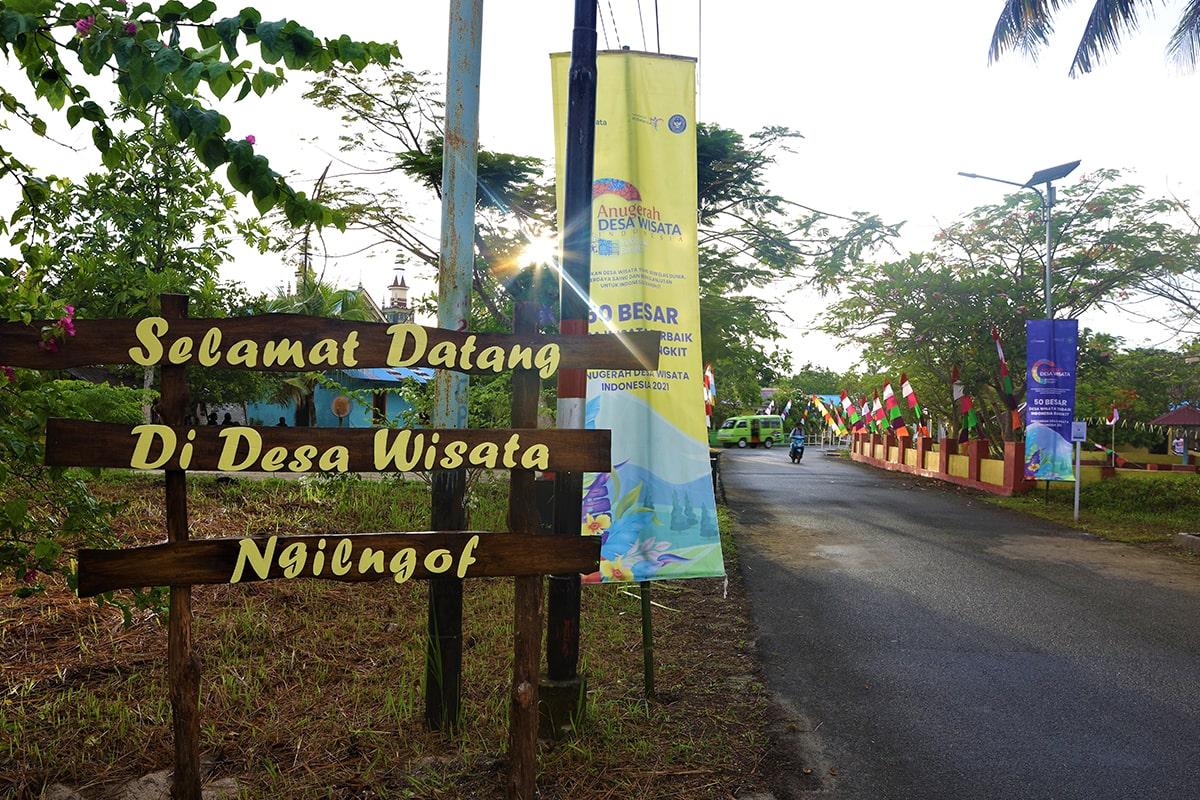Every region certainly has unique and distinctive culinary delights that attract tourists, and the same goes for Ngilngof Tourism Village in the Kei Islands, Southeast Maluku. This village offers a dish that will surprise you: fried enbal bananas.
Fried enbal bananas have their own uniqueness because they are made using a flour that originally contains cyanide. But don’t worry, the locals ensure that the fried bananas are safe to consume and don’t lose their taste.
This was experienced by the Minister of Tourism and Creative Economy, Sandiaga Salahuddin Uno, when he visited Ngilngof Tourism Village some time ago. He was seen enjoying the snack but was immediately shocked upon learning that the dish he was eating initially contained cyanide. After receiving further explanation, the Minister thoroughly enjoyed it and even bought more.
In Ngilngof Tourism Village, there are two main ingredients used to create a variety of traditional products: enbal and lat (sea grapes). But before tasting these unique products, here’s some information!
Enbal, A Special Dish from the Kei Islands Containing Cyanide
While the people of Papua consume sago, the people of the Kei Islands eat cassava, known locally as enbal. However, this cassava isn’t ordinary; it’s a type called kasbi, which is notorious for being toxic. Yes, this variety of cassava contains cyanide. Nevertheless, it remains a daily staple for the people of the Kei Islands. The taste is superb, whether as a snack or a staple food.
Historically, according to the locals, enbal originated from Latin America and was brought to Kei Island by the Dutch during their colonization. Over generations, enbal has become a daily commodity in the Kei Islands. Enbal is relatively easy to find in the Kei Islands, though its cultivation takes quite a long time—about eight months to a year until it’s ready for harvest.
To make sure enbal is safe to eat, a special technique is required in its processing. First, the enbal is peeled, washed thoroughly, grated finely, and then pressed using wood and stones to extract the cyanide content. The semi-dry grated flour is then placed into molds that are preheated to 60°C for roasting. After roasting, enbal is dried under the sun until completely dry.
Enbal has a bland taste, a hard texture, and is white with varying sizes and shapes. It’s usually eaten by dipping it in water or broth until it softens and then eaten with side dishes as a rice substitute. Enbal can also be enjoyed for breakfast by dipping it in tea or coffee. Furthermore, enbal can be used as flour for crispy dishes like fried bananas, enbal sticks, enbal with peanuts, and more.
Lat, A Unique and Multifunctional Seaweed
Another ingredient processed into traditional dishes in Ngilngof Tourism Village is lat, or sea grapes. Lat is an endemic product, meaning it only grows in specific places with suitable habitats, such as seawater with high salinity.
According to Theodora Matrutty, a lecturer from the Faculty of Fisheries and Marine Science at Pattimura University, lat can be processed into both food and non-food products. It’s packed with antioxidants, antimicrobial properties, and salts that can help lower hypertension.
Lat is a unique and multifunctional seaweed. Around 94% of its composition is water. While it has low levels of protein, fat, and minerals, the quality of these nutrients is high.
Processing lat is easy and simple, making it accessible for the general population to adopt. Some of the food products made from lat include jelly candy, dodol (a traditional sweet), and jam. Non-food products made from lat include soap, scrubs, lotions, and shampoo.
Lat can be eaten directly or mixed with seasoned coconut, which in Java is called urap. Locals often add a sauce called "colo-colo," made with soy sauce, chili, tomato, and basil leaves.
Interested in trying it? Before traveling, make sure you're vaccinated and always follow health protocols, such as using masks properly, washing hands with soap, maintaining distance, avoiding crowds, limiting mobility, and avoiding shared meals so your trip remains safe and enjoyable.
Get more information about tourist destinations and creative economy products #InIndonesiaAja by following our social media accounts: Instagram @pesonaid_travel, Facebook Pesonaid_travel, Twitter @pesonaid_travel, TikTok @indonesia.travel, YouTube Pesona Indonesia, and visit our website www.indonesia.travel.


